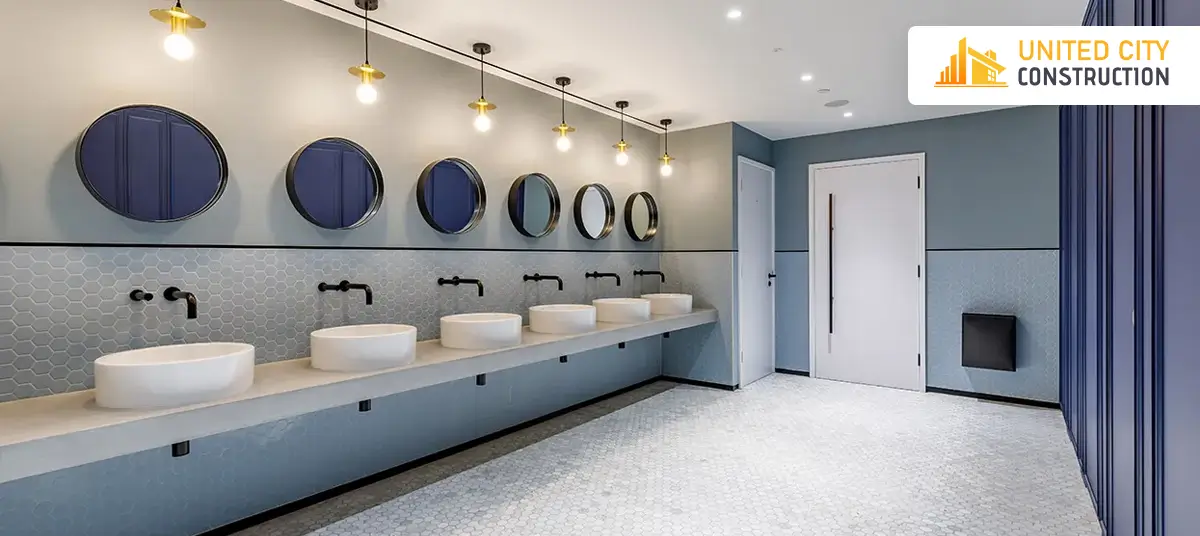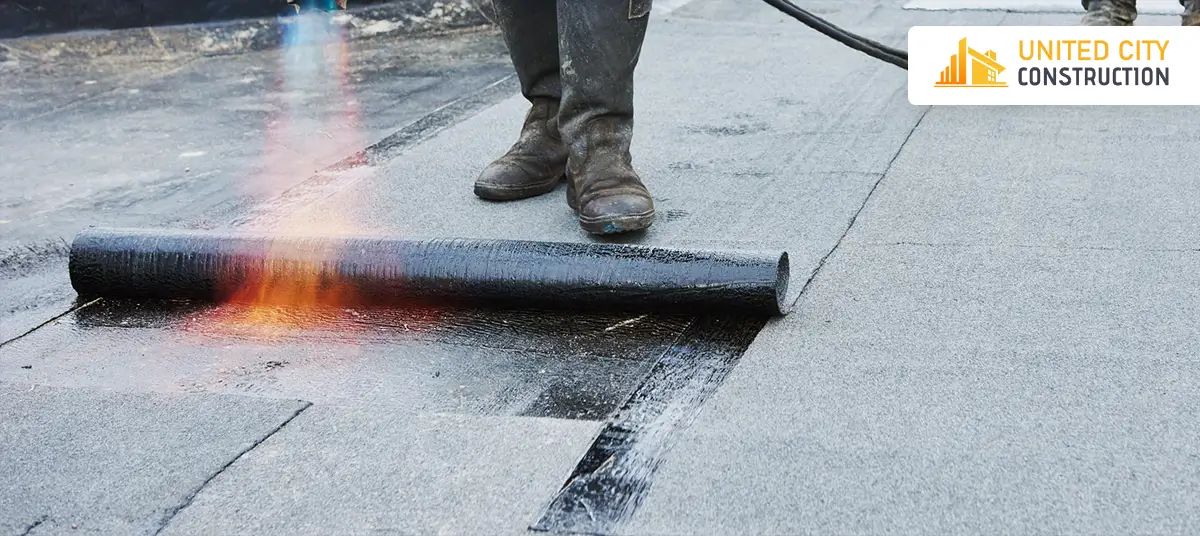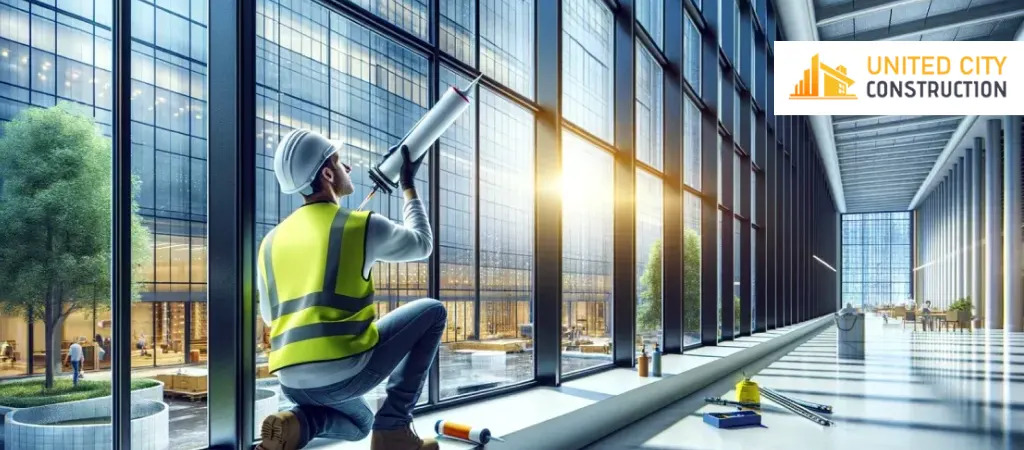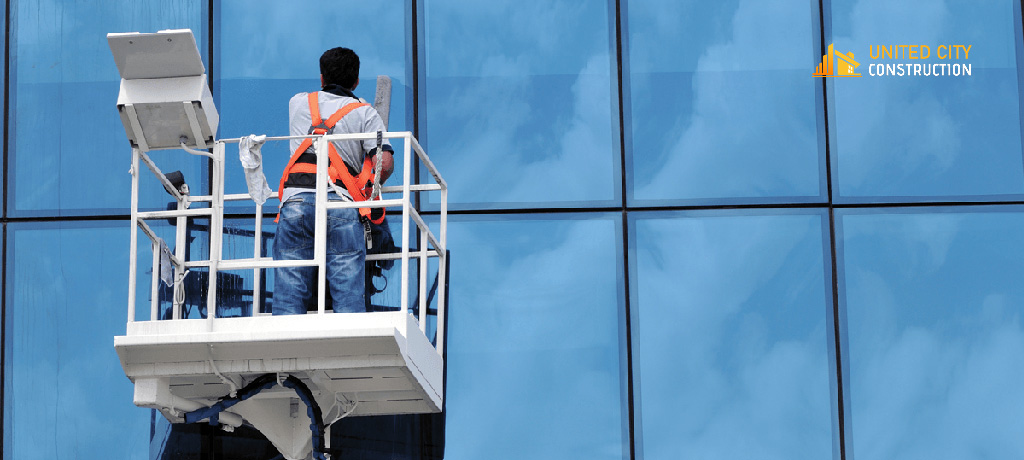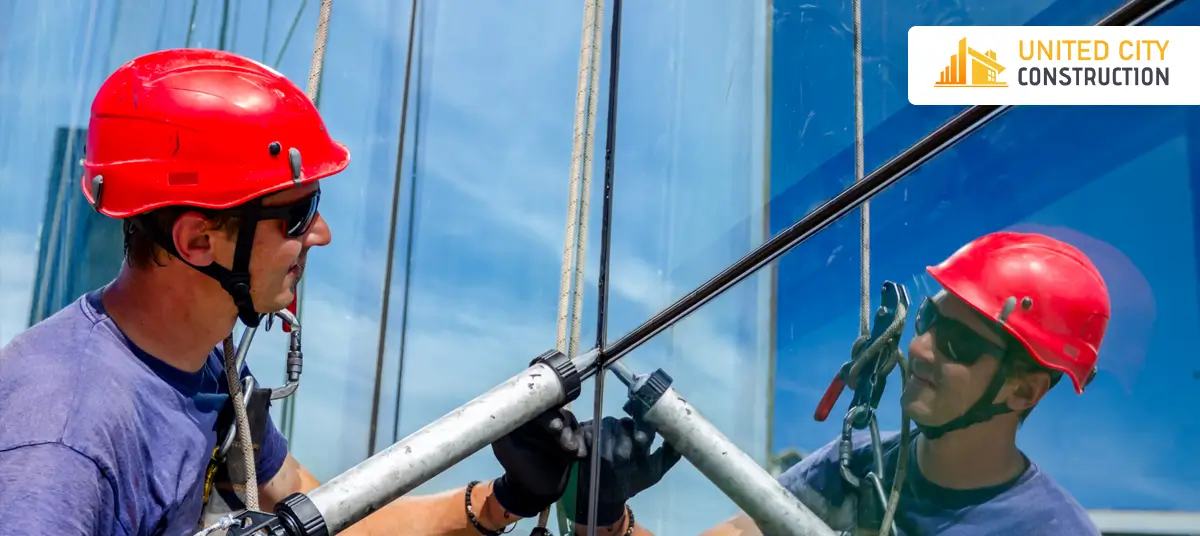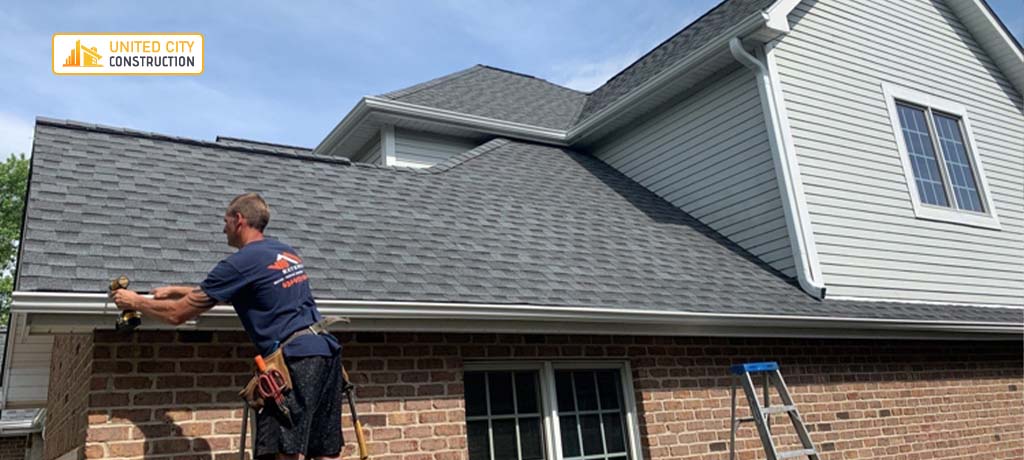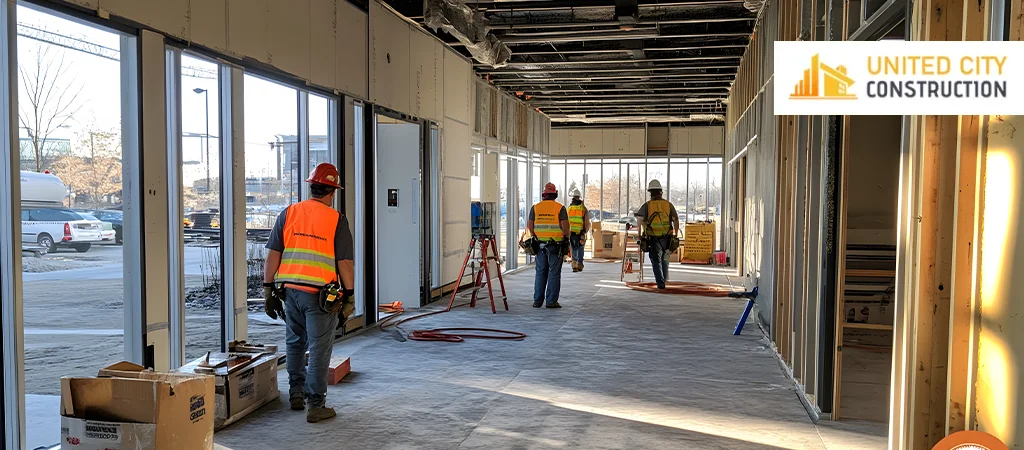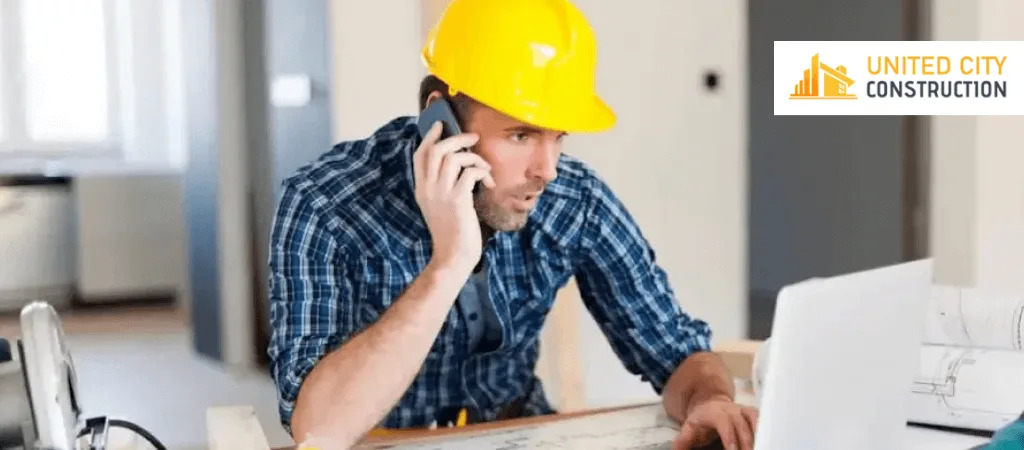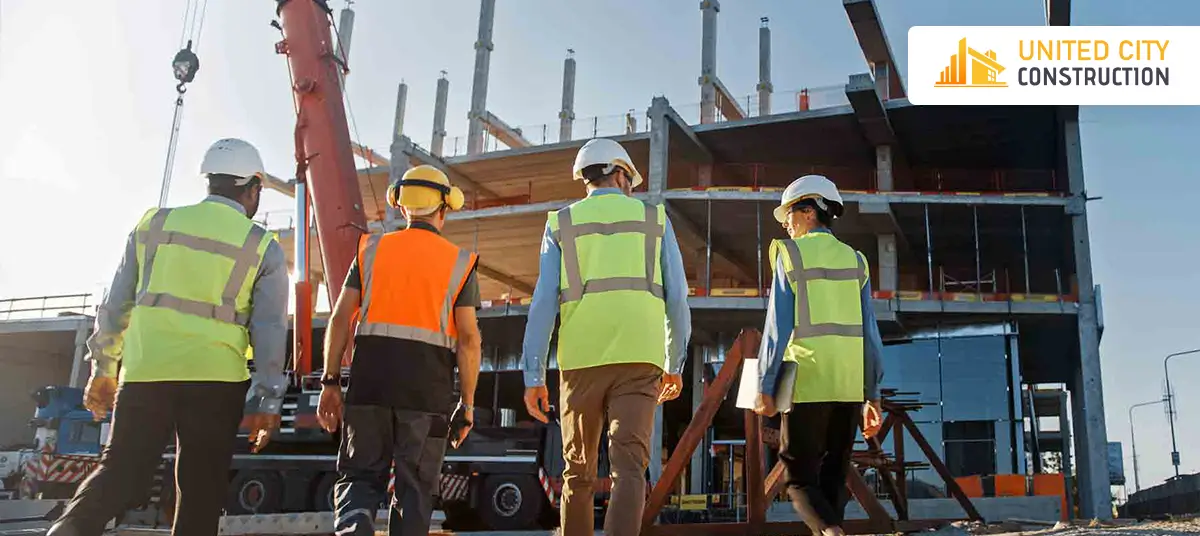How to Know When Your Commercial Roof Needs Replacement
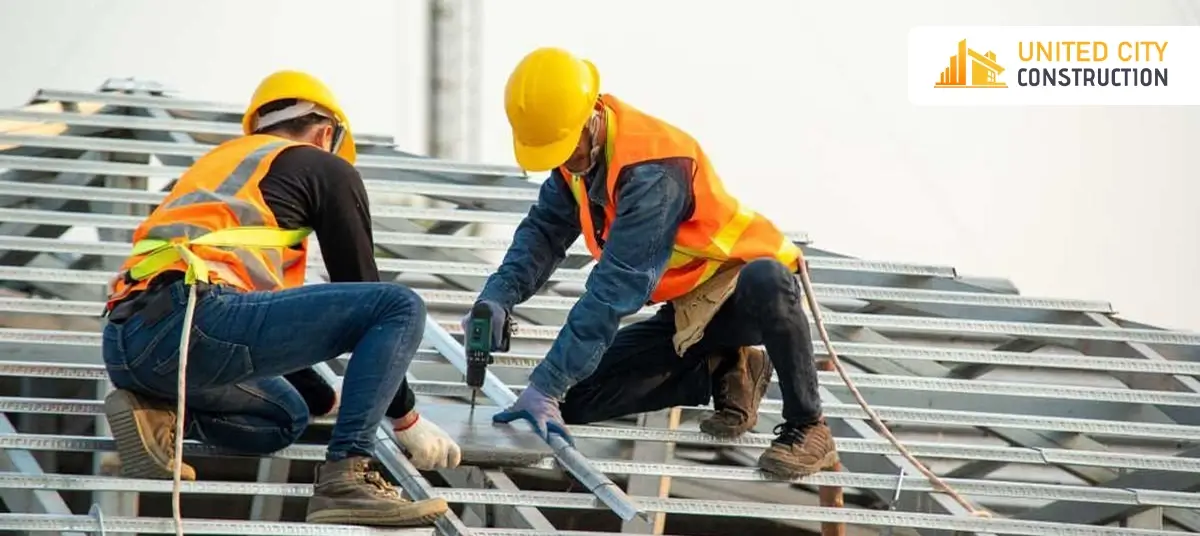
In commercial construction, few components are as crucial yet often overlooked as the roof. A sturdy, well-maintained roof protects the interior of a commercial building from the elements and plays a significant role in its overall structural integrity and energy efficiency. However, even the most well-built roofs will inevitably wear down and require replacement over time. For businesses and property owners, identifying the right time for roof replacement can be challenging but is essential to avoid costly damages and disruptions. This blog aims to guide you through the key indicators that signal when to consider replacing your commercial roof. Whether you manage a sprawling office complex, a retail space, or an industrial facility, understanding these signs can save you from potential headaches.
Visible Signs of Roof Damage
Maintaining a vigilant eye on the condition of your commercial roof is essential for ensuring the safety and longevity of your building. Here are some visible signs that indicate your roof may need replacement.
Water Stains and Leaks
One of the most obvious signs of roof damage is water stains on interior walls or ceilings. These stains often indicate that water has penetrated through the roof's protective layers and into the building's structure. Additionally, visible signs of water dripping or pooling inside the building during or after rainstorms are clear indicators of roof leaks.
Curling or Buckling Roofing Materials
Inspect the surface of your roof for any signs of curling, buckling, or blistering in the roofing materials. These issues are typically caused by exposure to weather elements such as heat, moisture, and UV rays, which can degrade the integrity of the roof over time.
Presence of Mold
Mold and mildew growth inside the building, especially near the ceiling or upper walls, can indicate excessive moisture infiltration from a compromised roof. Mold not only poses health risks but also suggests underlying roof issues that need immediate attention.
Accumulation of Debris or Granules
During regular inspections, check your roof's gutters and drainage system for the accumulation of debris, such as leaves, branches, or roofing granules. Excessive granule loss from asphalt shingles can indicate aging and deterioration, requiring a closer inspection by roofing professionals.
Sagging or Dipping Areas
Walk around the perimeter of the building and visually inspect the roof for any noticeable sagging or dipping areas. These structural irregularities often indicate significant underlying issues, such as rotting decking or compromised support structures, which require immediate professional assessment.
Roof Age and Maintenance History
Understanding the age of your commercial roof and its maintenance history is essential for assessing its current condition and determining when replacement might be necessary. The age of your roof is a critical factor in determining its remaining lifespan and potential need for replacement. Different types of roofing materials have varying lifespans.
- Flat Roofs: Typically last around 10-20 years, depending on material and maintenance.
- Metal Roofs: Can last 30-50 years or more with proper maintenance.
- Asphalt Shingles: Generally last 15-30 years, influenced by climate and maintenance practices.
Knowing when your roof was installed or last replaced provides a baseline for understanding its current condition and estimating when it might need replacement. If your roof is approaching or past its expected lifespan, it's advisable to schedule a professional inspection to assess its integrity.
Significance of Maintenance History
Regular maintenance plays a crucial role in extending the lifespan of your commercial roof and minimizing the need for premature replacement. A documented maintenance history helps in regular inspections and maintenance can catch minor issues before they escalate into major problems, such as leaks or structural damage. Routine maintenance, including cleaning gutters, repairing minor damages, and replacing worn-out sealants or caulking, helps maintain the roof's protective capabilities against weather elements. Many roofing warranties require regular maintenance to remain valid. Keeping detailed records of maintenance activities ensures you can fully utilize warranty coverage if needed. When in doubt about your roof's age or maintenance history, or if you suspect potential issues, it's advisable to consult with experienced roofing contractors. They can conduct a thorough inspection, provide an accurate assessment of your roof's condition, and recommend appropriate maintenance or replacement options based on their findings.
Consulting with Roofing Contractors
When you notice signs of damage or suspect that your commercial roof may need replacement, consulting with experienced roofing contractors is crucial. Here’s why and how to go about it:
Importance of Professional Assessment
Roofing contractors specialize in evaluating the condition of commercial roofs and providing expert recommendations tailored to your specific situation. Their expertise can help:
Roofing contractors have the knowledge and tools to conduct thorough inspections, identifying both visible and underlying issues that may not be immediately apparent.
Based on their assessment, roofing contractors can recommend the most suitable solutions, whether it’s repair, restoration, or replacement, considering factors such as roof type, age, and extent of damage.
Professional roofing contractors are well-versed in local building codes and regulations. They can ensure that any work performed on your roof meets safety standards and legal requirements.
Steps to Consulting with Roofing Contractors
Start by researching reputable roofing contractors in your area. Look for companies with extensive experience in commercial roofing, positive customer reviews, and certifications from industry associations.
Contact several roofing contractors to request quotes and estimates for your roof assessment and potential replacement. Be sure to provide them with accurate information about your building and the specific issues you’ve observed.
Before making a decision, review each contractor’s credentials, including licenses, insurance coverage, and certifications. Ask for references and examples of similar projects they’ve completed successfully.
During consultations, discuss the various roofing materials and options available to you. Consider factors such as durability, energy efficiency, and cost-effectiveness when selecting materials for your new roof.
Inquire about warranties and guarantees offered by the roofing contractors and manufacturers. Understand what is covered and for how long to ensure peace of mind regarding the longevity of your new roof.
Planning and Budgeting for Roof Replacement
Replacing a commercial roof is a significant investment that requires careful planning and budgeting. Here are essential steps to consider. Before diving into planning, it’s crucial to determine the specific needs and scope of your roof replacement project. Factors to consider include.
Based on inspections and assessments by roofing professionals, identify the extent of damage or deterioration.
Understand the existing roofing materials and evaluate whether you want to replace with the same type or explore alternatives for improved performance.
Consider any unique requirements of your commercial building, such as energy efficiency goals or compliance with local building codes.
Planning Timeline and Project Management
Develop a timeline that outlines key milestones and deadlines for your roof replacement project. Coordinate with roofing contractors to schedule.
Arrange for any necessary permits and approvals well in advance of the project start date.
Set expectations for the duration of installation work, considering factors such as weather conditions and building access.
Considering Long-Term Benefits
While initial costs are significant, consider the long-term benefits of a new roof.
Enhanced insulation and reflective roofing materials can reduce heating and cooling costs.
Newer roofing materials often require less maintenance and repair over time, minimizing future expenses.
Conclusion
Ensuring the integrity of your commercial roof is essential for protecting your investment and maintaining the safety of your building occupants. By understanding the signs of roof damage, assessing maintenance history, and consulting with experienced roofing contractors, you can make informed decisions about when to replace your commercial roof.
At United City Construction, we specialize in providing comprehensive roofing solutions tailored to your commercial property's needs. With years of experience and a commitment to quality craftsmanship, we ensure that your roof replacement project is completed efficiently and with minimal disruption to your business operations. Contact United City Construction today for a consultation with our roofing experts.


